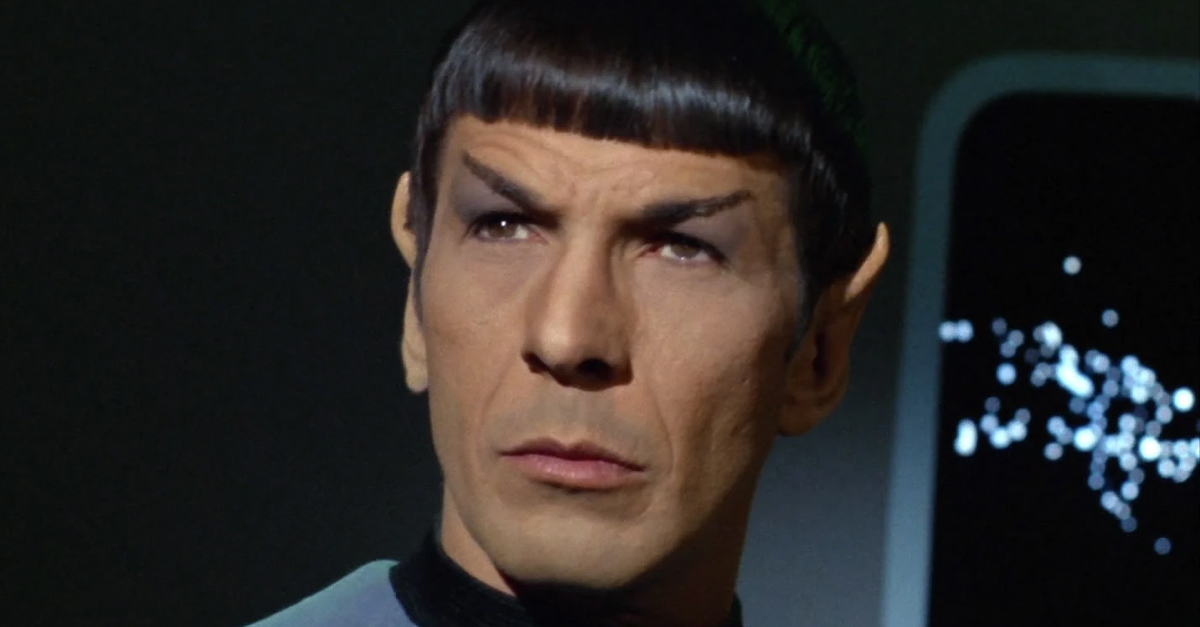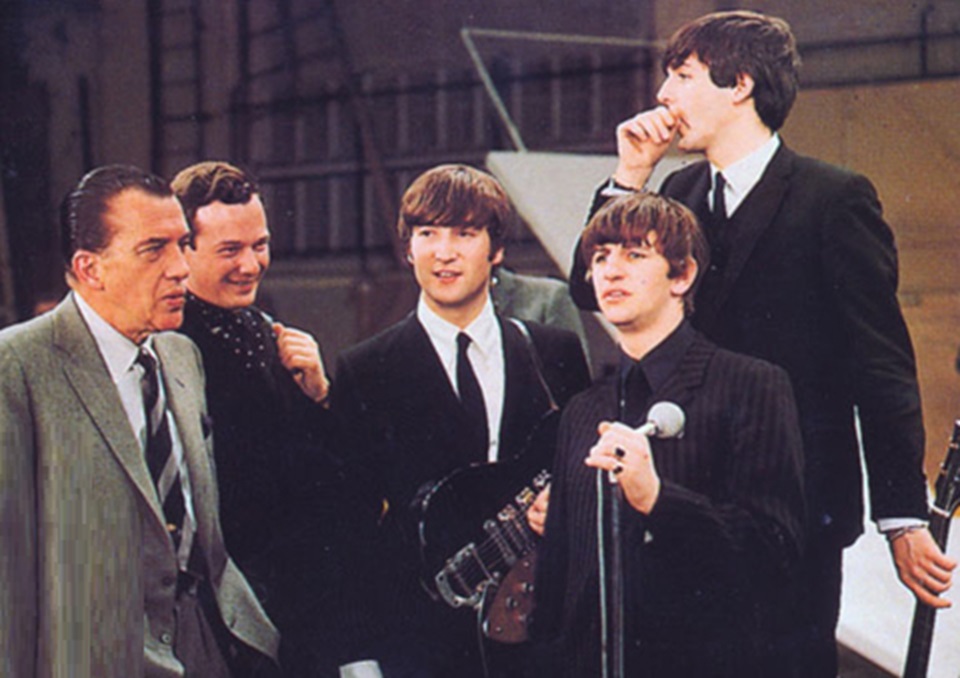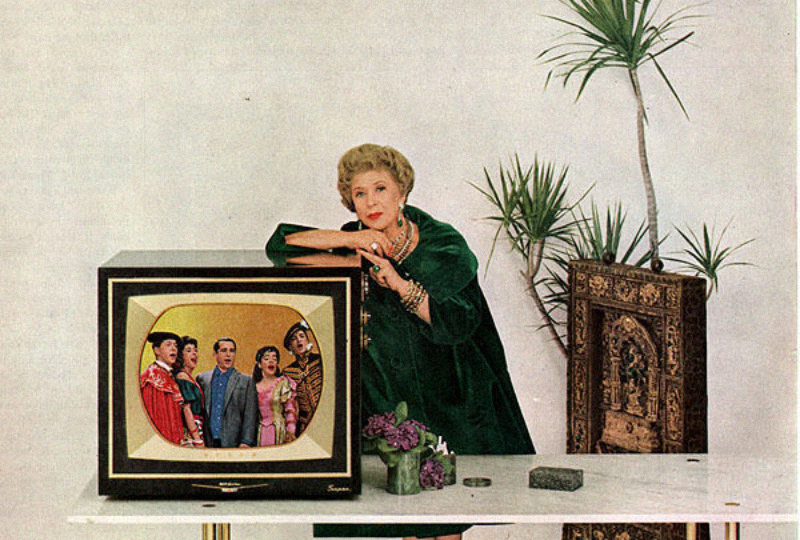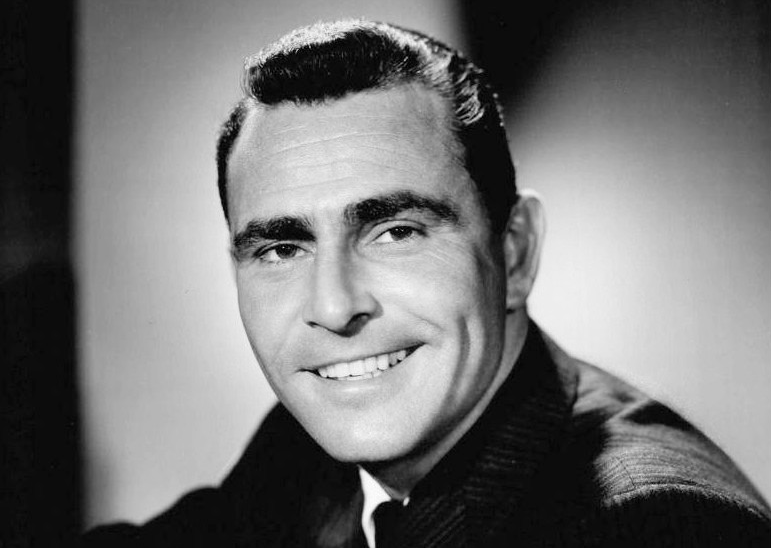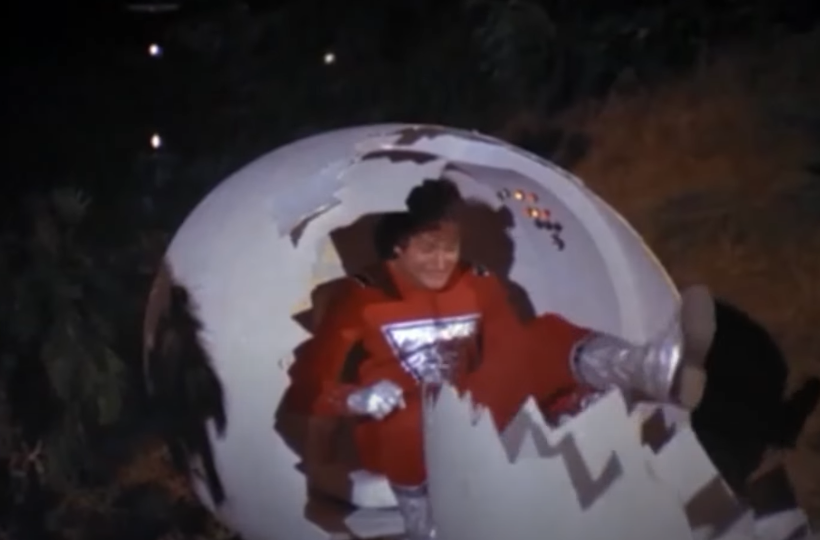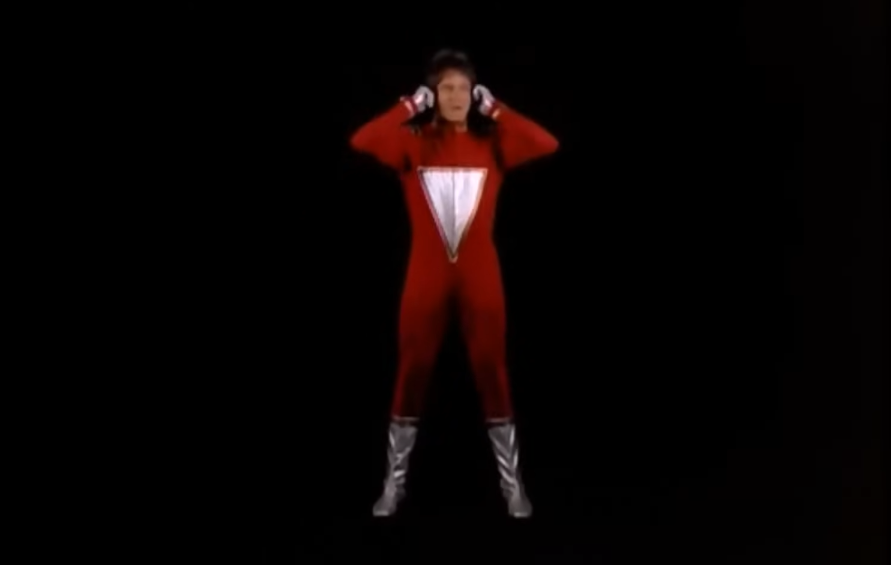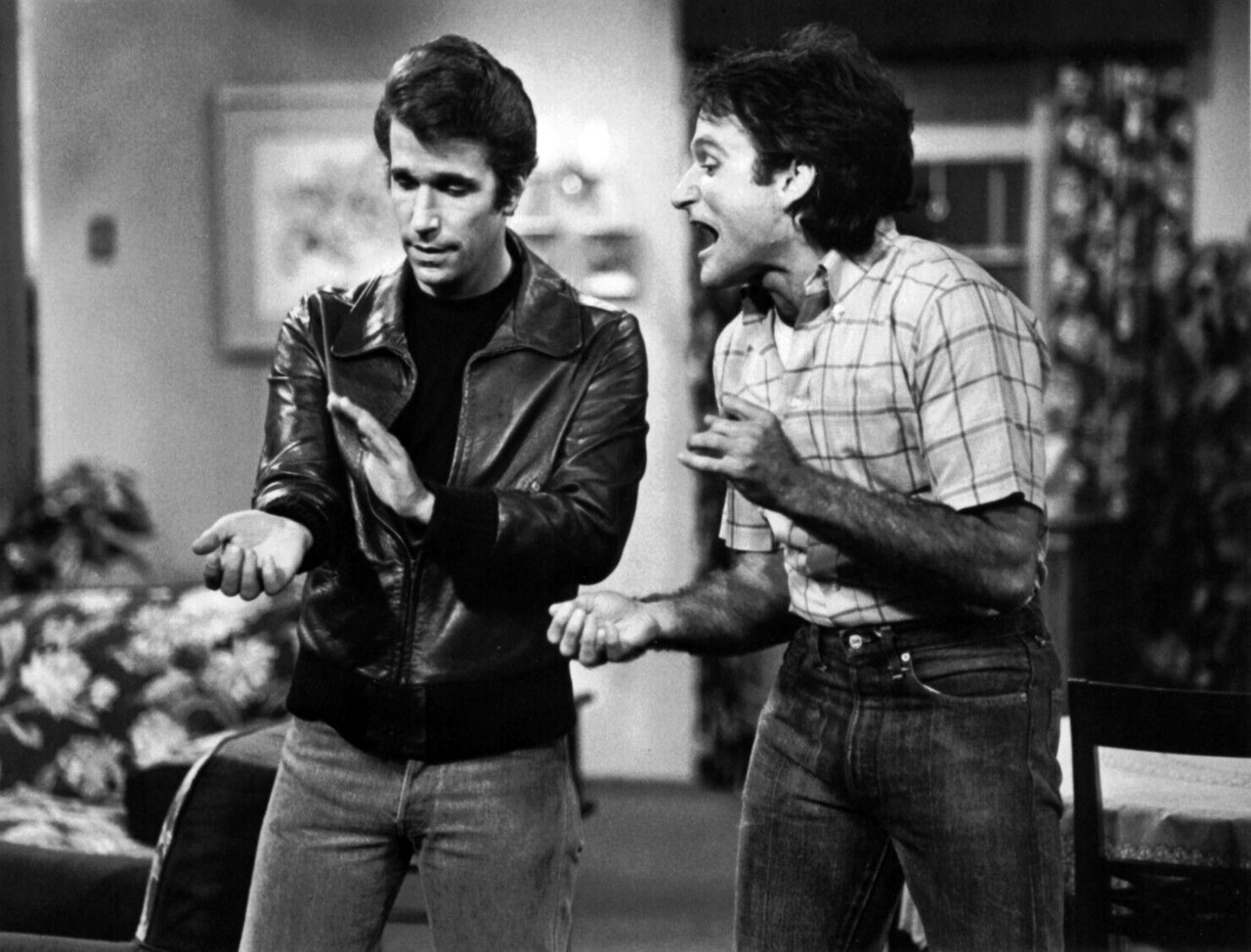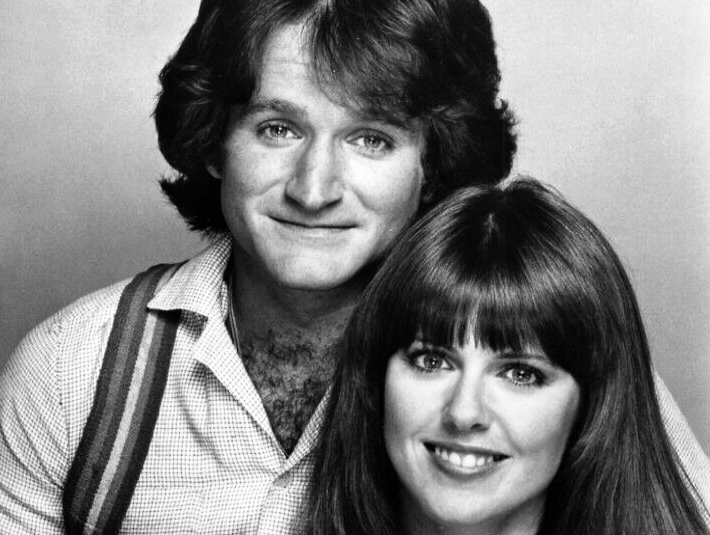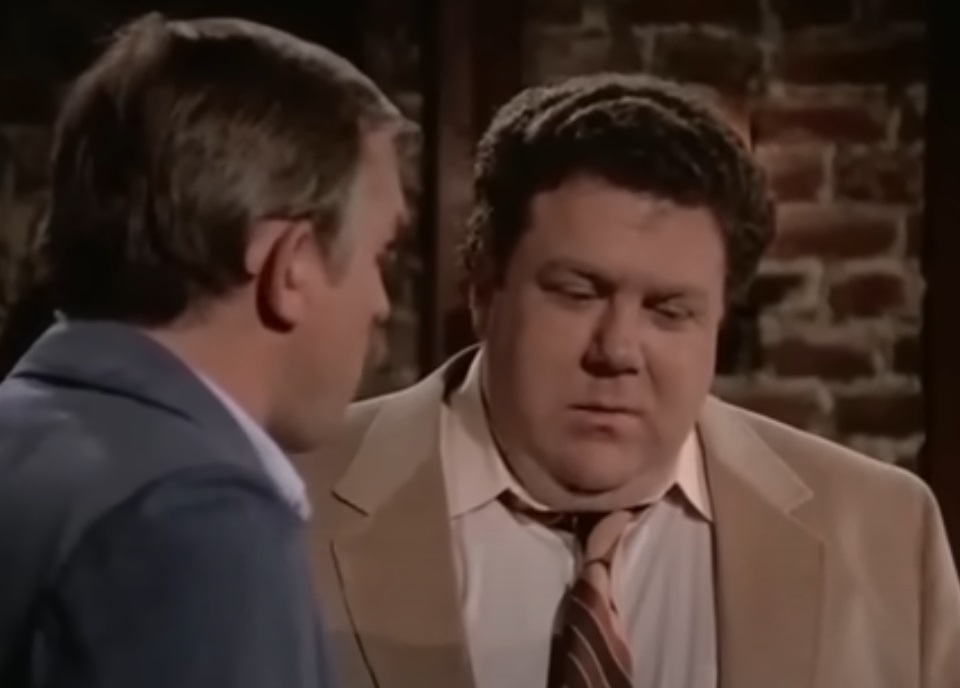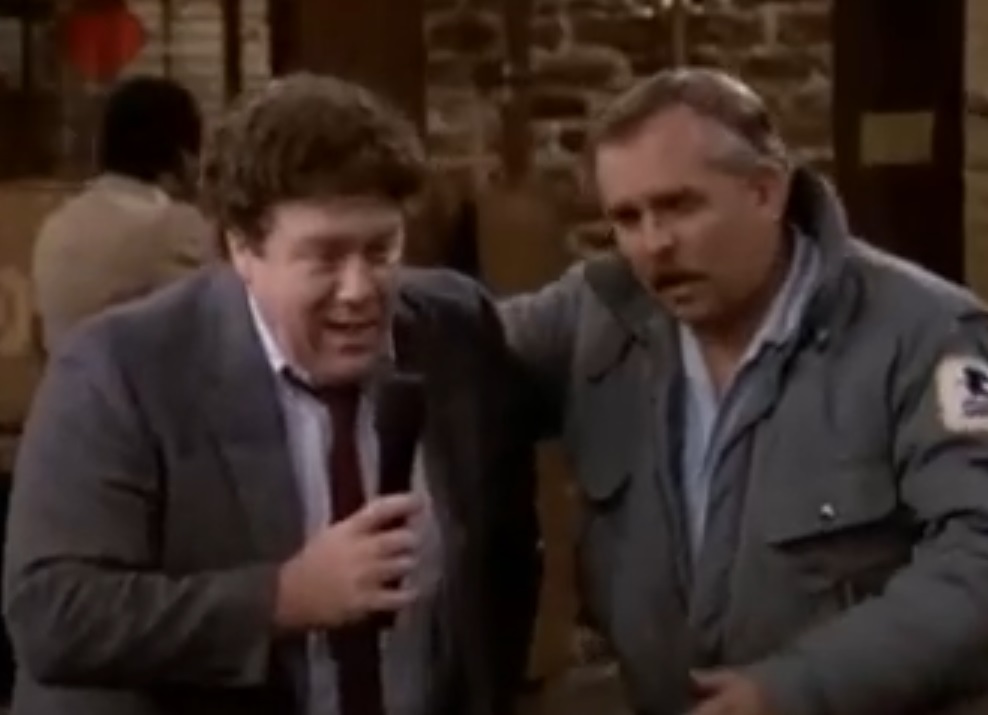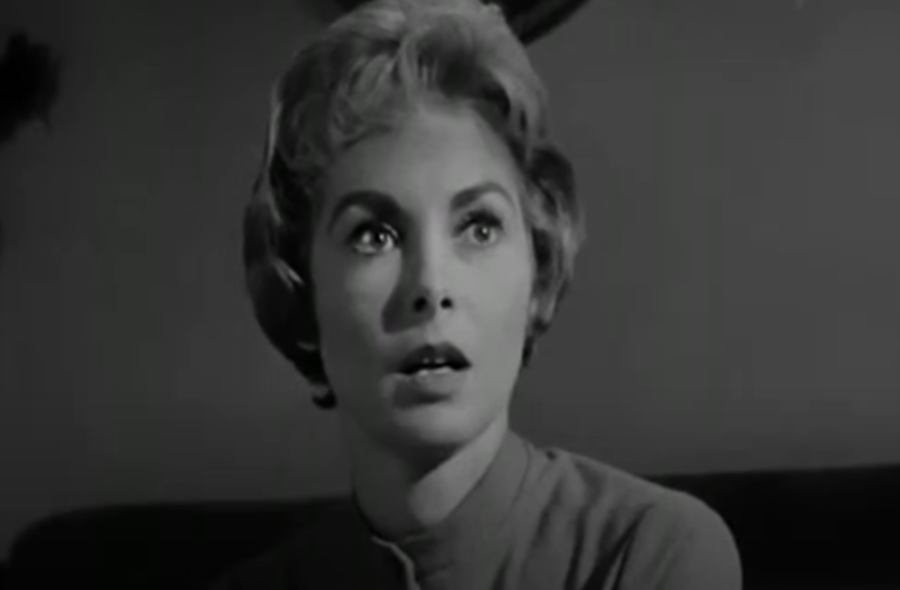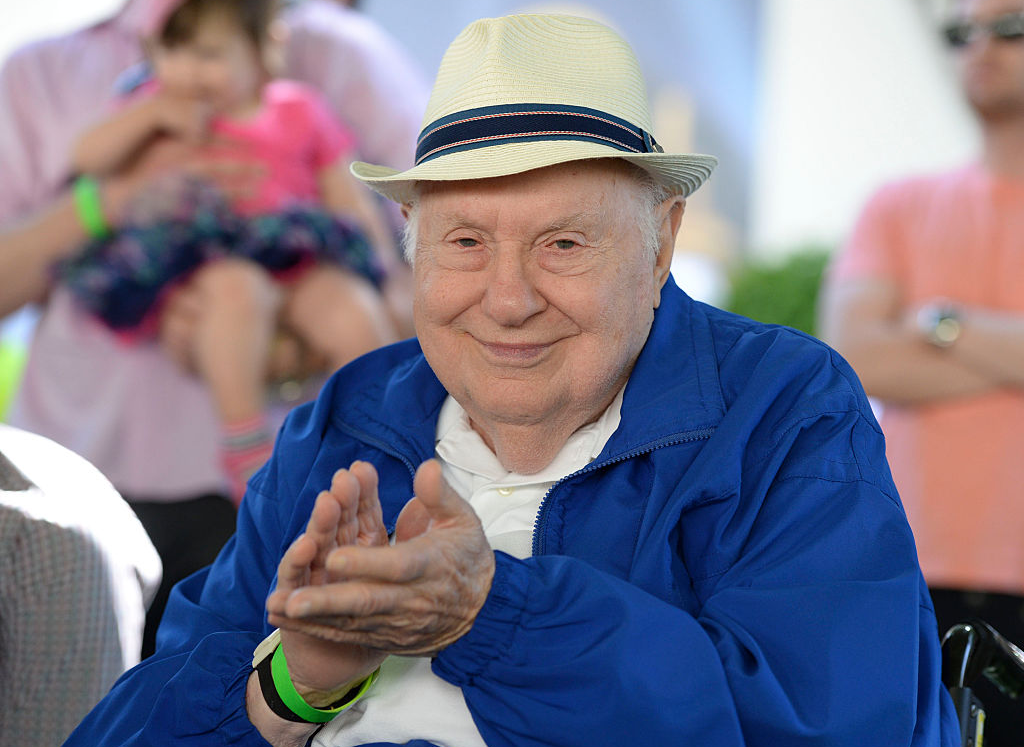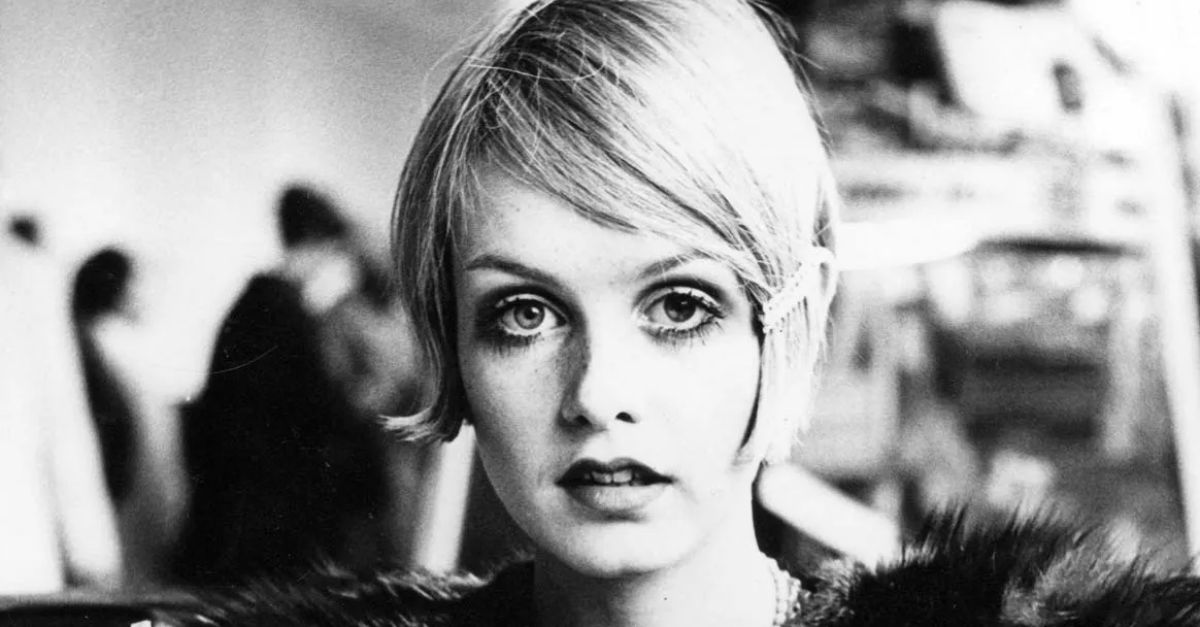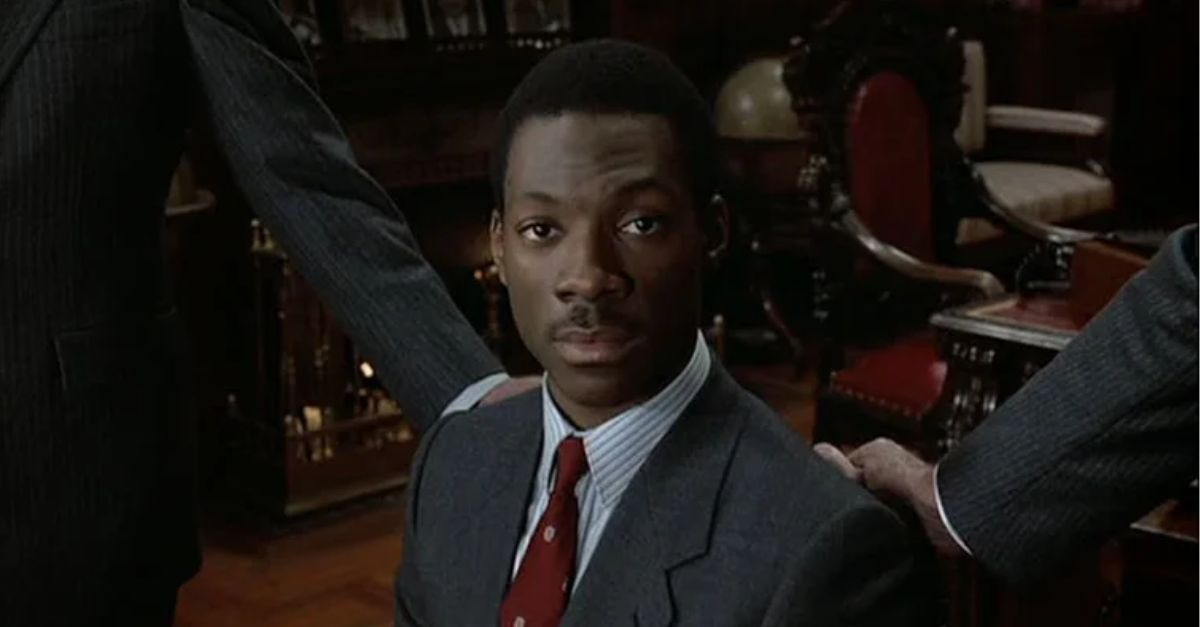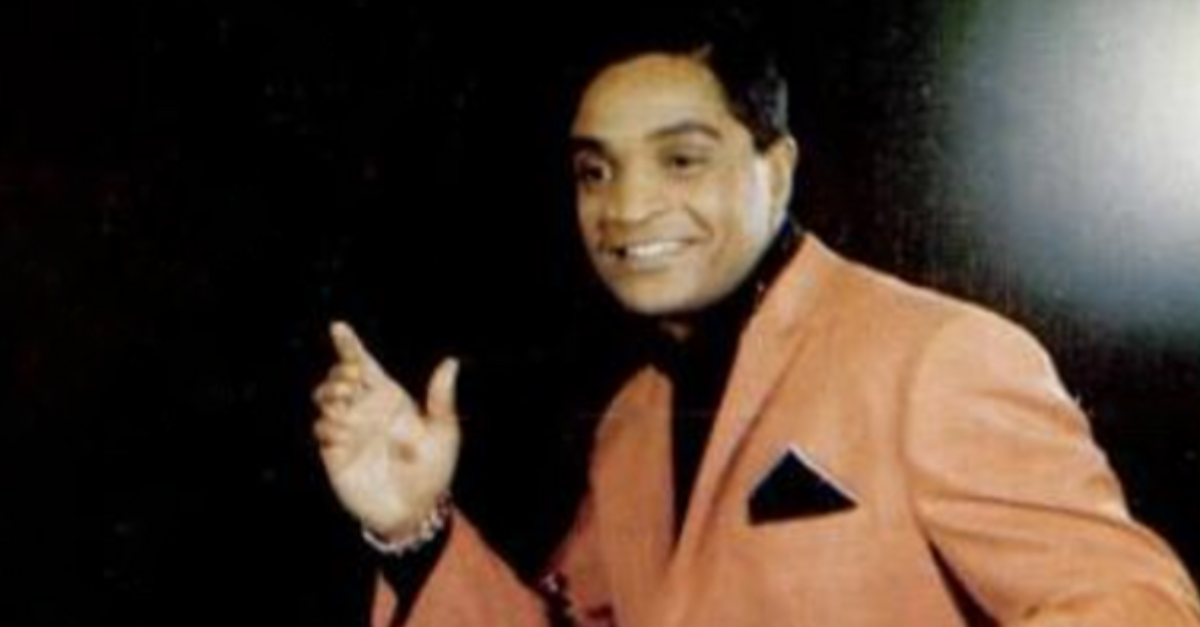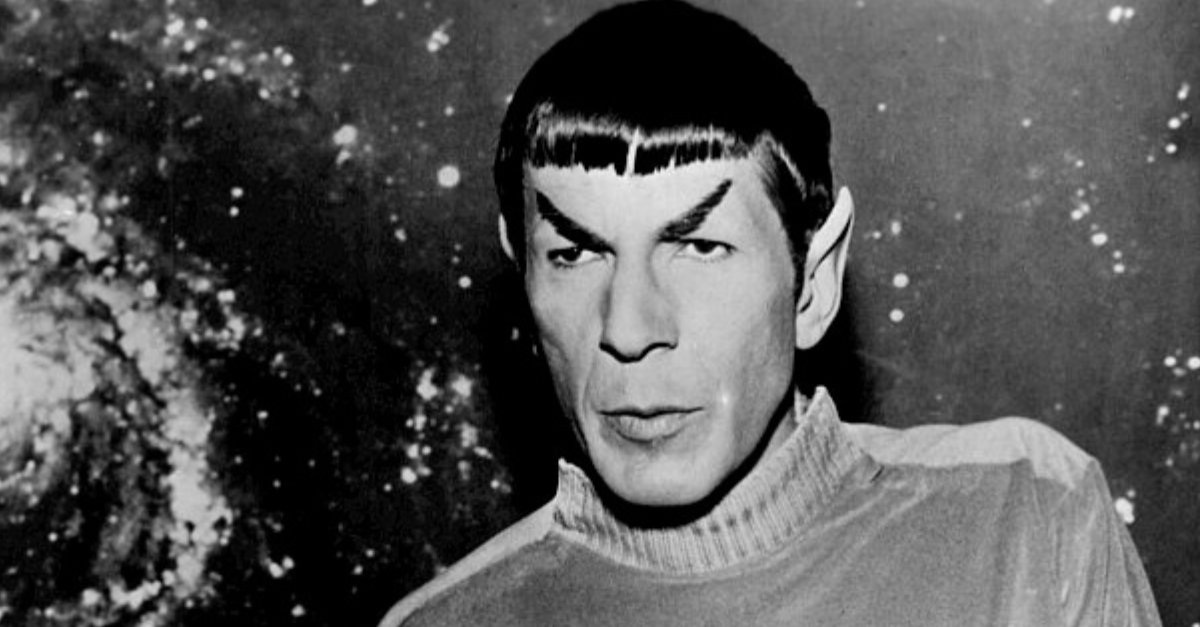Television Has A Rich And Surprising History
Today, we have every television show at our fingertips—a luxury that many of us take for granted. Let's take a journey through the history of classic television and see just how far we've come.
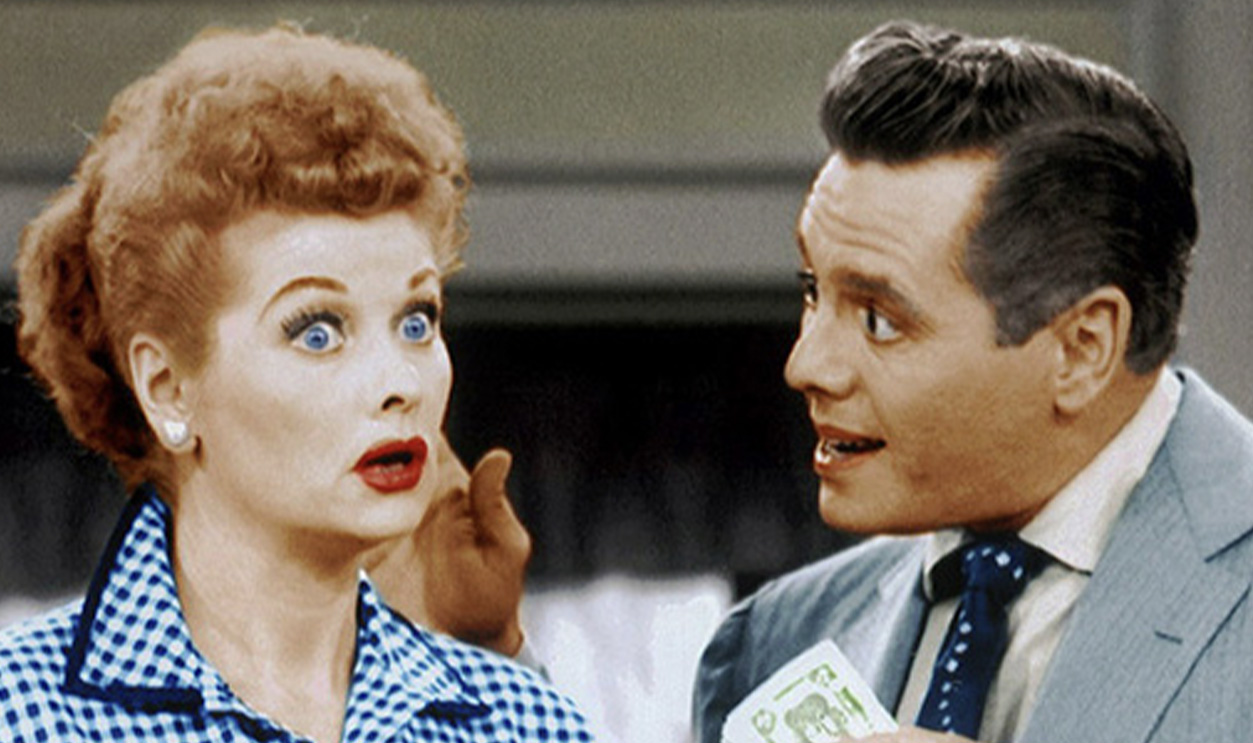
The Beatles On The Ed Sullivan Show
The Beatles’ first appearance on US television was not The Ed Sullivan Show—that was their first live performance. A week before their more famous Ed Sullivan Show appearance, Jack Paar broadcast performance footage from Britain on his show. Paar had visited the UK and saw the hysteria around The Beatles and thought it would be something to show viewers in the US.
The Beatles On The Ed Sullivan Show
And despite what has been shown in documentaries over the years, the first Beatles song after Sullivan’s famous introduction was not “I Want to Hold Your Hand”, but “All My Loving”. It seems that documentary filmmakers thought the latter song wasn’t as exciting as the opening riff of “I Want to Hold Your Hand”.
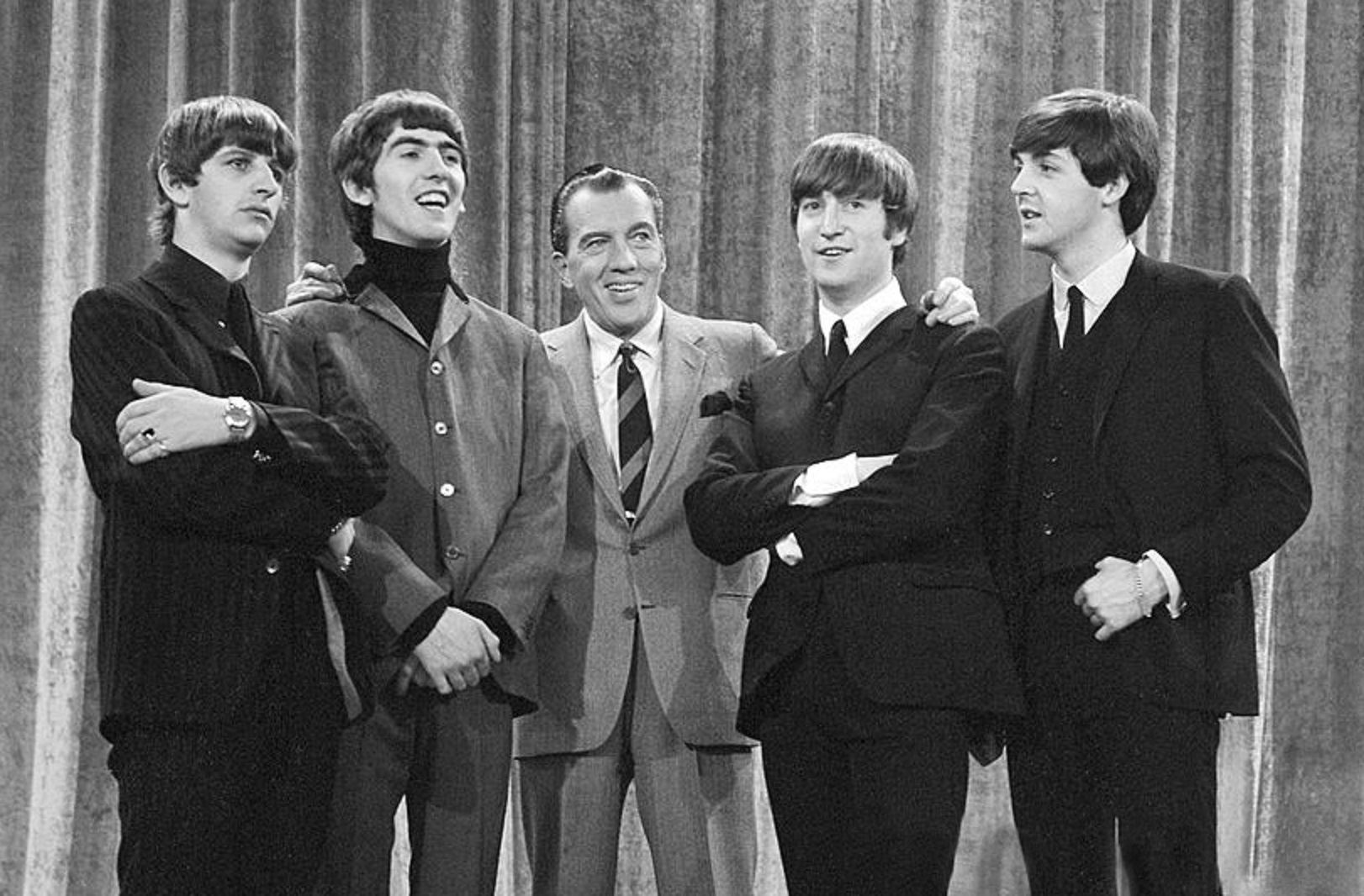 CBS Television, Wikimedia Commons
CBS Television, Wikimedia Commons
Sitcoms Have Been Around Since The Beginning Of Television
Sitcoms have been around a lot longer than you may think. The first sitcom predates television by almost two decades: In 1926, a radio series, Sam 'n' Henry (later reworked as Amos 'n' Andy), was the first regularly broadcast comedy with recurring characters. The first sitcom on television was Mary Kay and Johnny in 1947.
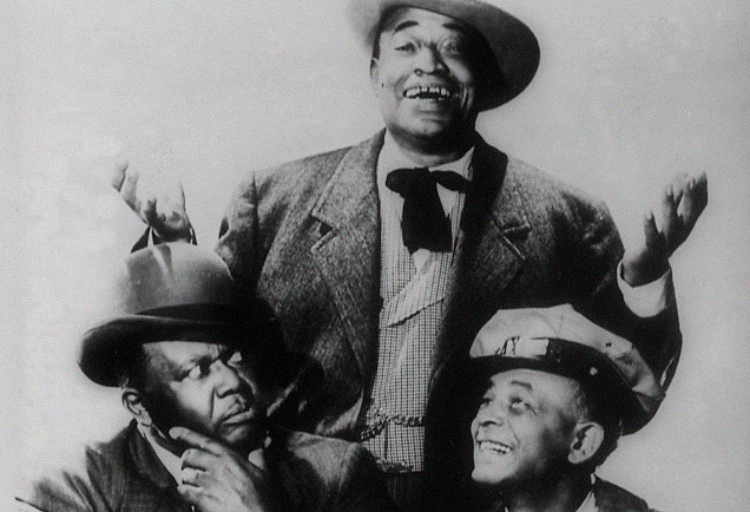 CBS Television, Wikimedia Commons
CBS Television, Wikimedia Commons
Sitcoms Have Been Around Since The Beginning Of Television
Mary Kay and Johnny ran from 1947–1950 and centered in a New York City couple. It was the first television series to show a couple sharing a bed and Mary Kay was the first onscreen character to become pregnant. The Goldbergs (not the 2013–2023 sitcom with Jeff Garlin) was a radio series that ran from 1929 to 1946 and transitioned to a television sitcom in 1949, running until 1956.
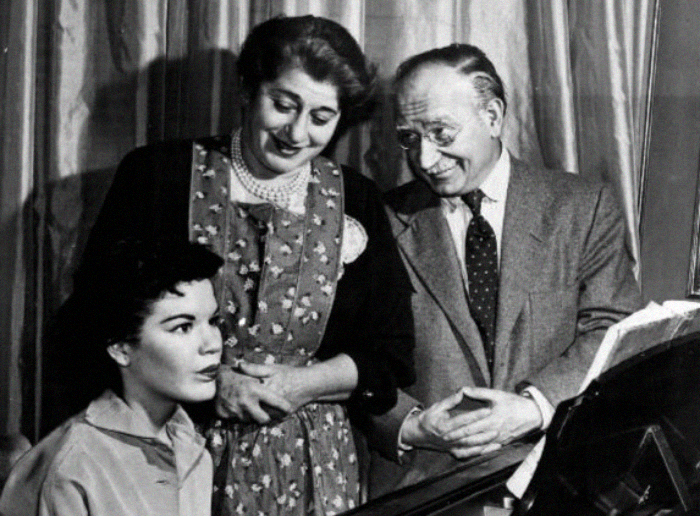 DuMont Television Network, Wikimedia Commons
DuMont Television Network, Wikimedia Commons
Sitcoms Have Been Around Since The Beginning Of Television
A first for radio and television, The Goldbergs was created and written by a woman, Gertrude Berg, who also portrayed the main character, Molly Goldberg. The Goldbergs was adapted as a play in 1948, called Me and Molly (which in turn was adapted into a Broadway musical in 1973 called Molly), and was the first television series to be adapted as a film, in 1950. Gertrude Berg was also the first winner of the Emmy Award for Lead Actress in a Television Series in 1951—in her 20th year of playing the role of Molly Goldberg in radio and television.
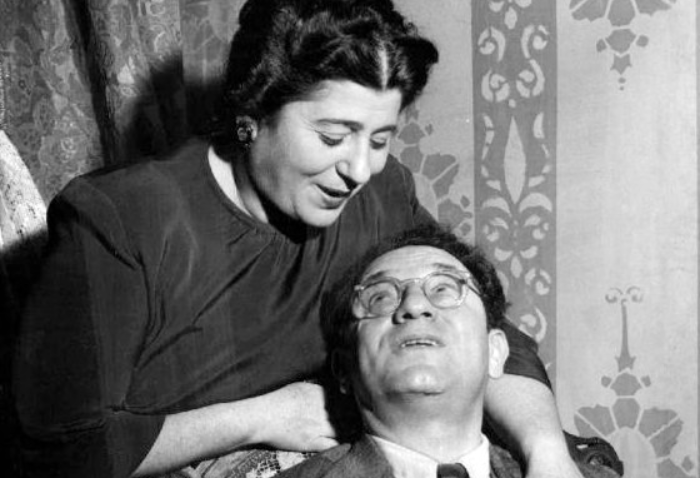 CBS Television, Wikimedia Commons
CBS Television, Wikimedia Commons
The Early Days Of Color TV
Color television is nearly as old as commercial television. American network CBS experimented with color field tests using film as early as August 1940, and live cameras by November 1940. NBC made its first field test of color television in early 1941 while CBS began daily color field tests on June 1, 1941.
The Early Days Of Color TV
Commercial color broadcasts took a while simply because there were no color television sets available to the public. On January 1, 1954, NBC became the first US network to broadcast an event in color, coast to coast—the Tournament of Roses Parade. Although color televisions were now available, they were far too expensive for the average viewer.
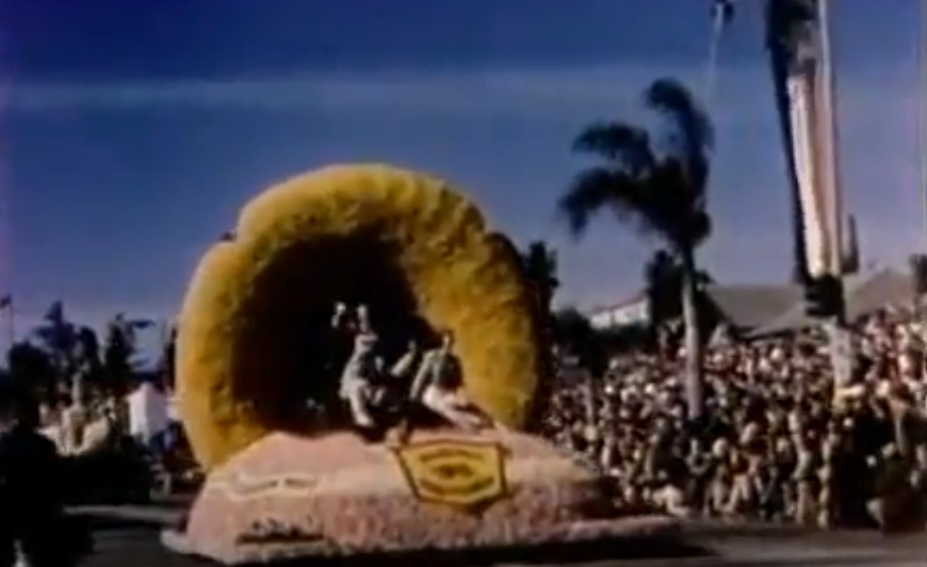 Movietone News, Tournament of Roses (1954)
Movietone News, Tournament of Roses (1954)
The Early Days Of Color TV
An Evening with Fred Astaire was the first primetime television show to be recorded live onto color videotapes in 1958. The Jetsons was the first television series to be broadcast in color in 1962 but since only 3% of Americans had color TVs at that point, the extra expense was not worth it yet. In fact, the extra costs of producing a color cartoon were a factor in The Jetsons’ cancellation after only one season.
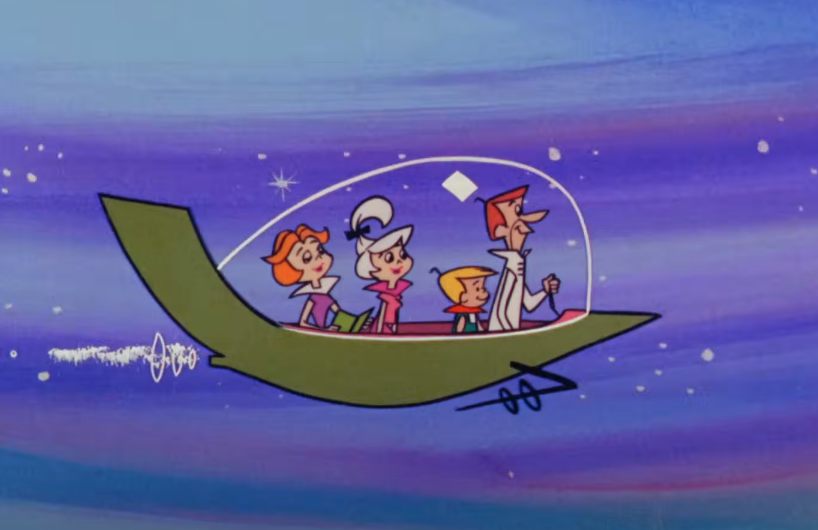 Screen Gems, The Jetsons (1962-1963)
Screen Gems, The Jetsons (1962-1963)
The Munsters And The Addams Family
Al Lewis was the actor who played Grandpa on the 1960s sitcom The Munsters. He was only 41 when the show premiered and was actually a year and a half younger than Yvonne De Carlo, who played his daughter Lily on the show. Al Lewis was born in 1923 but his year of birth was listed as 1910. De Carlo on the other hand, was born in 1922.
 CBS Television, Wikimedia Commons
CBS Television, Wikimedia Commons
The Munsters And The Addams Family
The Addams Family was a sitcom which was based on a comic that ran in The New Yorker. The characters in the comic were never named and the names we are now familiar with—Gomez, Morticia, Wednesday, and Pugsley—were created for the series and the name of the family was after the comic’s creator, Charles Addams. Both The Munsters and The Addams Family debuted in 1964 and ran for exactly two seasons, both ending in 1966, even though they were on different networks.
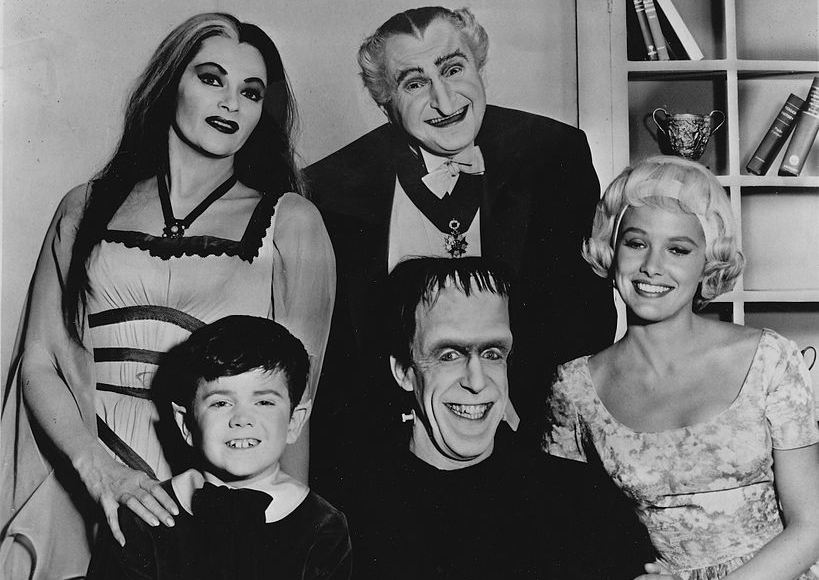 CBS Television Network., Wikimedia Commons
CBS Television Network., Wikimedia Commons
Rod Serling And The Twilight Zone
One of the iconic aspects of the anthology series The Twilight Zone is show creator Rod Serling’s on-camera introduction of each episode. So familiar is his voice and mannerisms that it remains much imitated and parodied to this day. However, those on-camera introductions only began in season two and people just remember them as always being there.
Rod Serling And The Twilight Zone
The Twilight Zone was notable for its guest actors. As an anthology series with a different unconnected story each week, The Twilight Zone featured numerous big names throughout its run, including some who appeared more than once as different characters. One actor has the distinction of appearing in all five seasons: Robert McCord, who was an extra in 67 episodes.
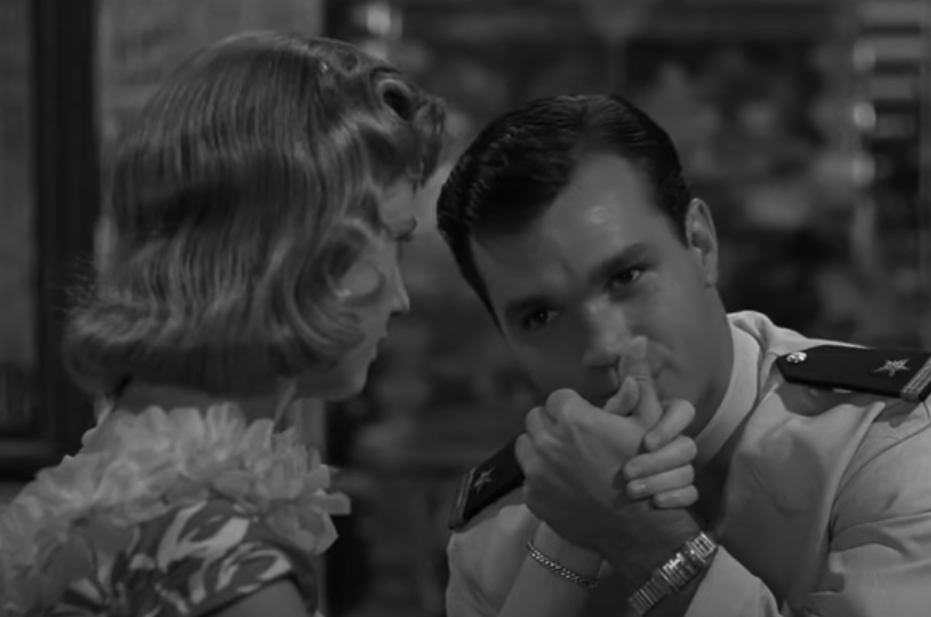 CBS, The Twilight Zone (1959-1964)
CBS, The Twilight Zone (1959-1964)
The Brady Bunch
Producers did a few things on The Brady Bunch that made the series different looking from other sitcoms of the late-1960s. Although they used a single camera like most sitcoms of the 1960s, they made a few changes which may seem odd but give the show its signature look. The Brady Bunch was shot in color from the beginning and because of its focus on kids, its use of lighting kept the vibrant late-60s colors flat.
 ABC Television., Wikimedia Commons
ABC Television., Wikimedia Commons
The Brady Bunch
Lighting was staged in such a way that de-emphasized shadows, giving everything a uniform level of brightness. In order to keep light from reflecting on glass, there was no glass on the patio door. The effect of this is less realistic but yet somehow remains warm.
 ABC, The Brady Bunch (1969-1974)
ABC, The Brady Bunch (1969-1974)
The Real Charlie’s Angels
When the iconic 1970s show Charlie’s Angels was in development, series star Kate Jackson went to meet producer Aaron Spelling in his office. On the wall behind his desk was a painting of three female angels. As they had not settled on a name for the show, Jackson suggested the women be called “Angels” and with the addition of their never-seen benefactor and recruiter “Charlie”, a classic title was coined.
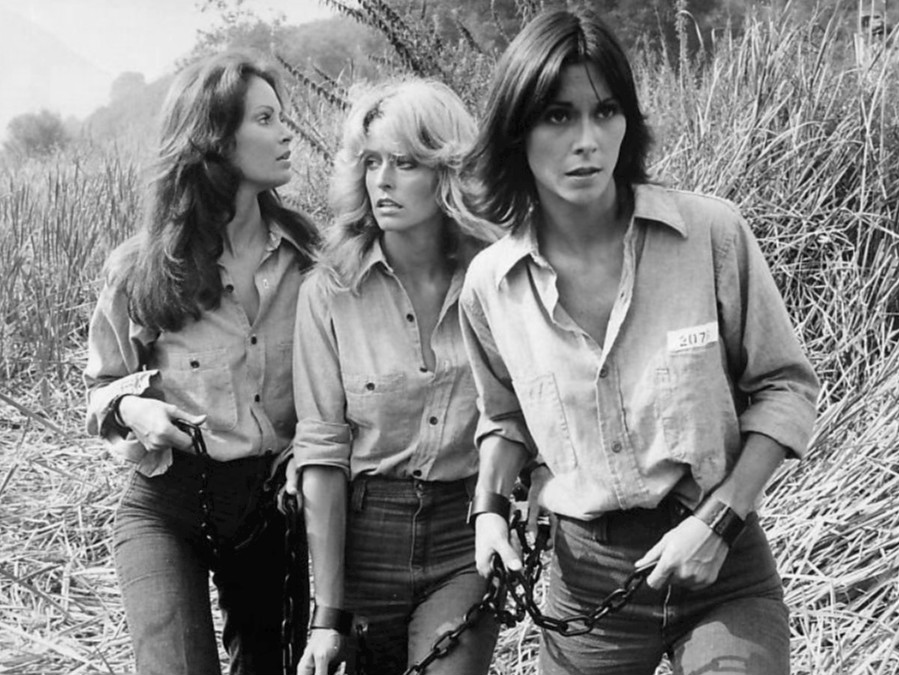 ABC Television, Wikimedia Commons
ABC Television, Wikimedia Commons
Gilligan’s Island
The pilot for Gilligan’s Island was being filmed in November 1963. As they wrapped up the final day of production, the cast and crew learned of US President John F Kennedy’s assassination. In the opening credits, there is a flag on the ship at half-mast, in honor of Kennedy.
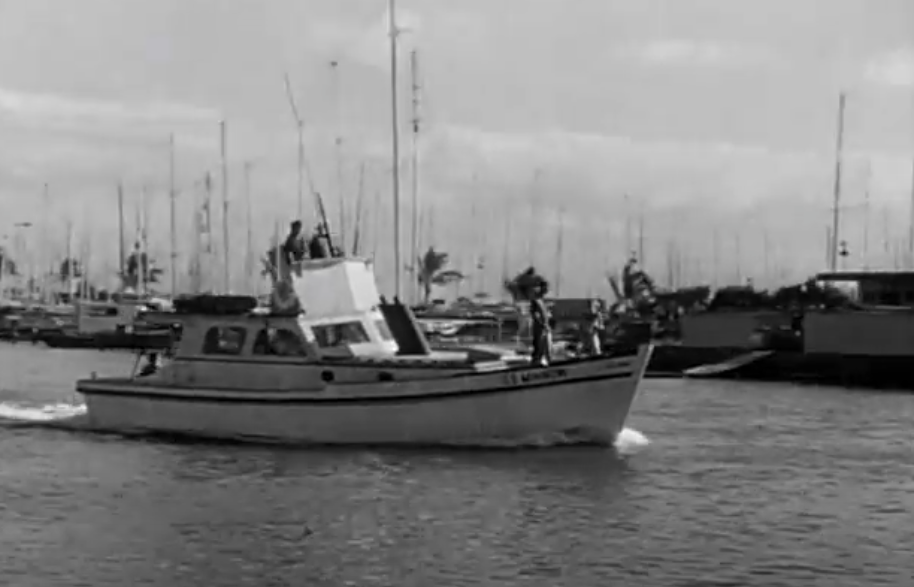 CBS, Gilligan's Island (1964-1992)
CBS, Gilligan's Island (1964-1992)
Gilligan’s Island
During the opening credits of the first season of Gilligan’s Island, the roll call of the show’s characters famously ends with “and the rest”, meaning the Professor and Mary Ann. When the opening theme was recorded, those two roles hadn’t been created, they just knew there would be two more characters. Bob Denver, who played Gilligan, thought it was disrespectful to actors Russell Johnson and Dawn Wells, the eventual Professor and Mary Ann, and Denver gave the producers an ultimatum insisting they be included in the credits for season 2.
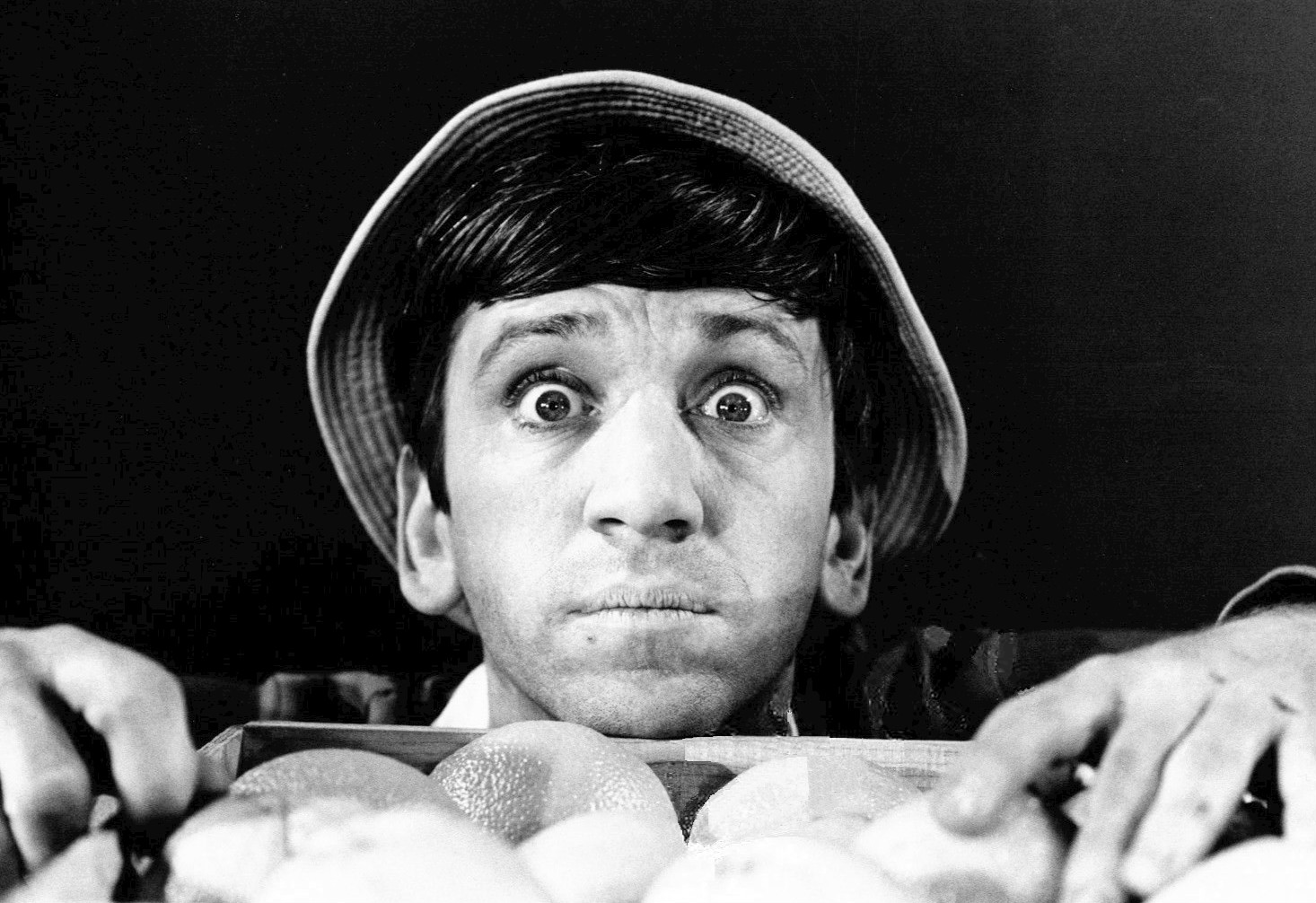 CBS Television, Wikimedia Commons
CBS Television, Wikimedia Commons
Passengers Paid To Be Onboard The Love Boat During Filming
The extras populating the fictional Pacific Princess cruise ship on The Love Boat were actual paying passengers. The show was shot on a real ship, also called Pacific Princess, and its sister ship, Island Princess. Non-speaking background parts were filled by paying customers, paying between $3,370 and $8,550, and although their vacations had to revolve around production schedules, they nevertheless got to be on television.
Fred MacMurray And My Three Sons
My Three Sons is a now mostly forgotten sitcom from the 1960s and early 1970s, created around veteran film actor Fred MacMurray. The family home on the show was originally a barn used for a 1940 musical Melody Ranch which was just sitting unused on a Republic Pictures backlot. Incidentally, the barn was located right next to the lagoon on Gilligan’s Island. MacMurray was one of the wealthiest actors in Hollywood, his money primarily coming from real estate investments and from his "notorious frugality".
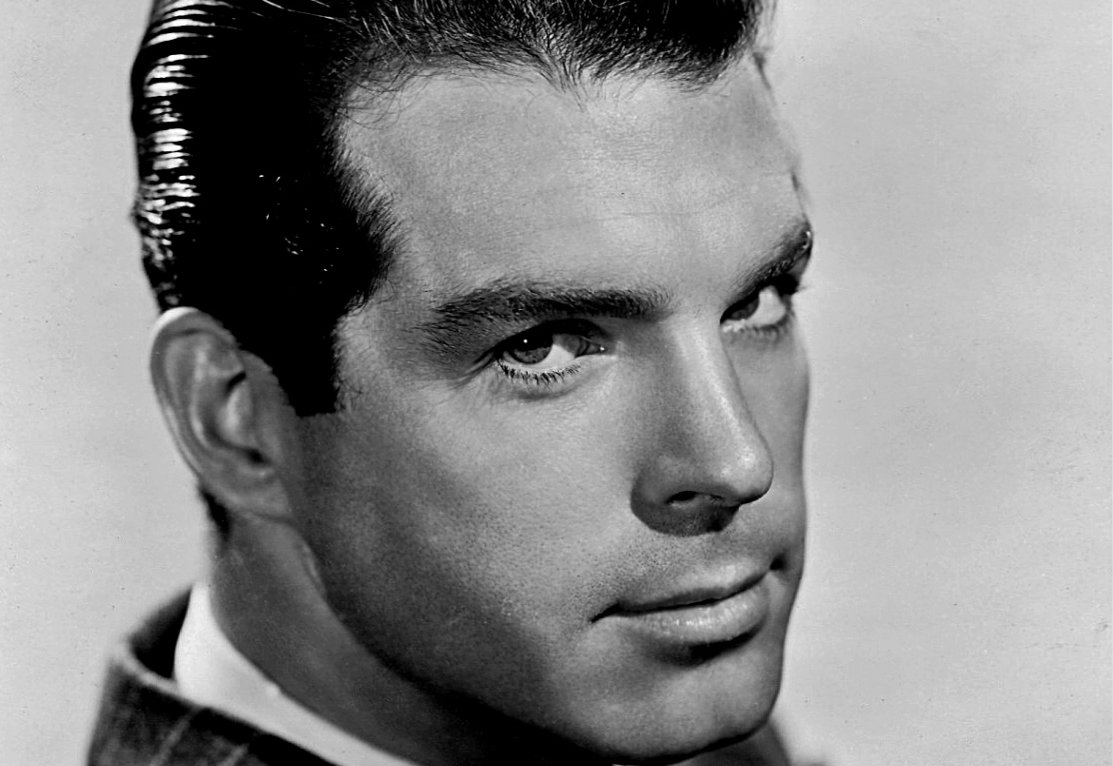 Paramount Pictures, Wikimedia Commons
Paramount Pictures, Wikimedia Commons
Fred MacMurray And My Three Sons
MacMurray’s clout and star power also provided him with an unusual provision. Not wanting to commit too much time to a sitcom, MacMurray’s contract allowed him to shoot all his scenes during two separate month-long production blocks, with the rest of the cast continuing filming in his absence, including conversations with MacMurray’s character—these were shot a variety of ways, like using body doubles and having close-ups of the actors who are actually speaking to no one. MacMurray wanted to ensure he had time for his favorite leisure activity, golf.
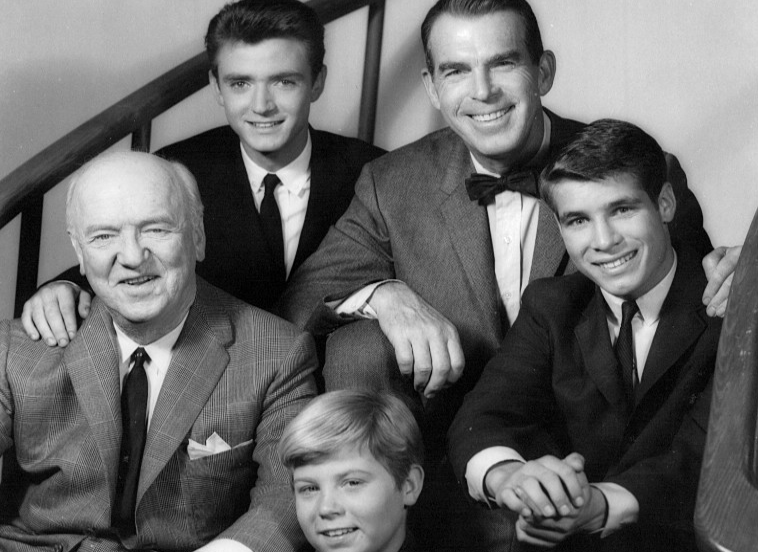 ABC Television, Wikimedia Commons
ABC Television, Wikimedia Commons
Penny Marshall’s Family Appears Together In An Episode Of The Odd Couple
Before she was a director of such films as A League of Their Own and before she was Laverne in Laverne & Shirley, Penny Marshall played secretary Myrna Turner on her producer brother Garry Marshall’s show The Odd Couple. The family connection didn’t end there.
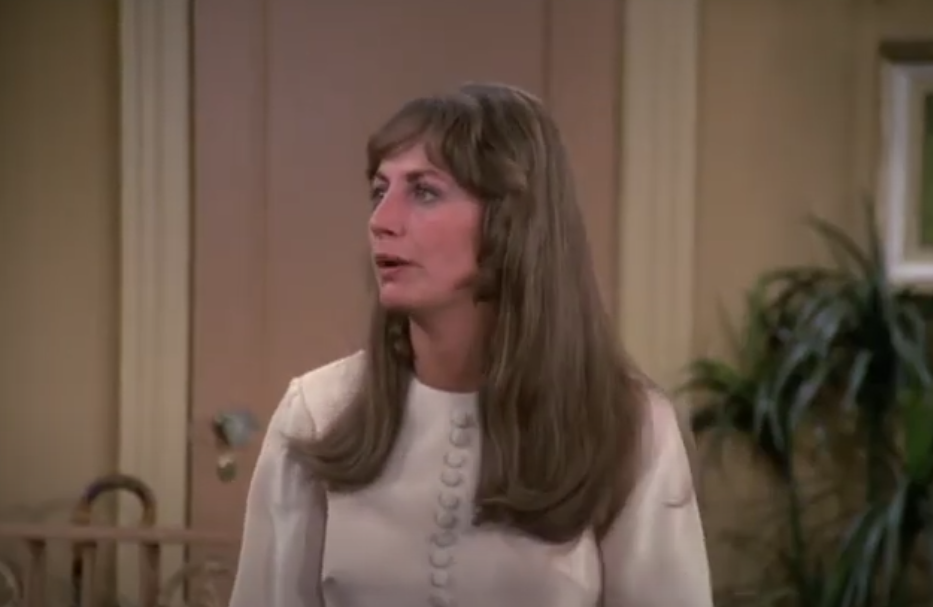 Paramount, The Odd Couple (1970-1975)
Paramount, The Odd Couple (1970-1975)
Penny Marshall’s Family Appears Together In An Episode Of The Odd Couple
In one episode, Myrna gets married and the actor playing her husband was her real-life husband, Rob Reiner. At the time, Reiner (the future director of The Princess Bride) was playing Mike “Meathead” Stivic on All in the Family. Penny Marshall’s brother Garry and their other brother Ronny also show up in the episode, as Myrna's brother and sister, Werner and Verna Turner—it was a little wacky.
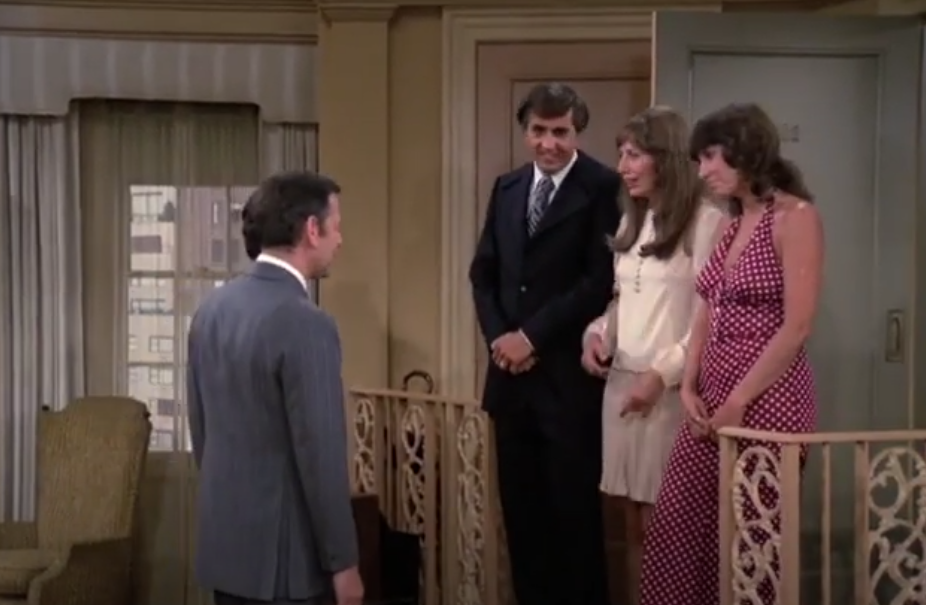 Paramount, The Odd Couple (1970-1975)
Paramount, The Odd Couple (1970-1975)
NBC Wanted To Ditch Spock On Star Trek Because He Looked Satanic
The original Star Trek went through a number of huge changes between the first pilot and the eventual series, including a different captain (Christopher Pike, played by Jeffrey Hunter). The only character carried through from the first pilot to the series proper was Leonard Nimoy’s Mr Spock. Now the most iconic and popular Star Trek character, the network wanted series creator Gene Roddenberry to get rid of the pointy-eared Vulcan for looking like the devil and they feared offending religious viewers, especially in the US South.
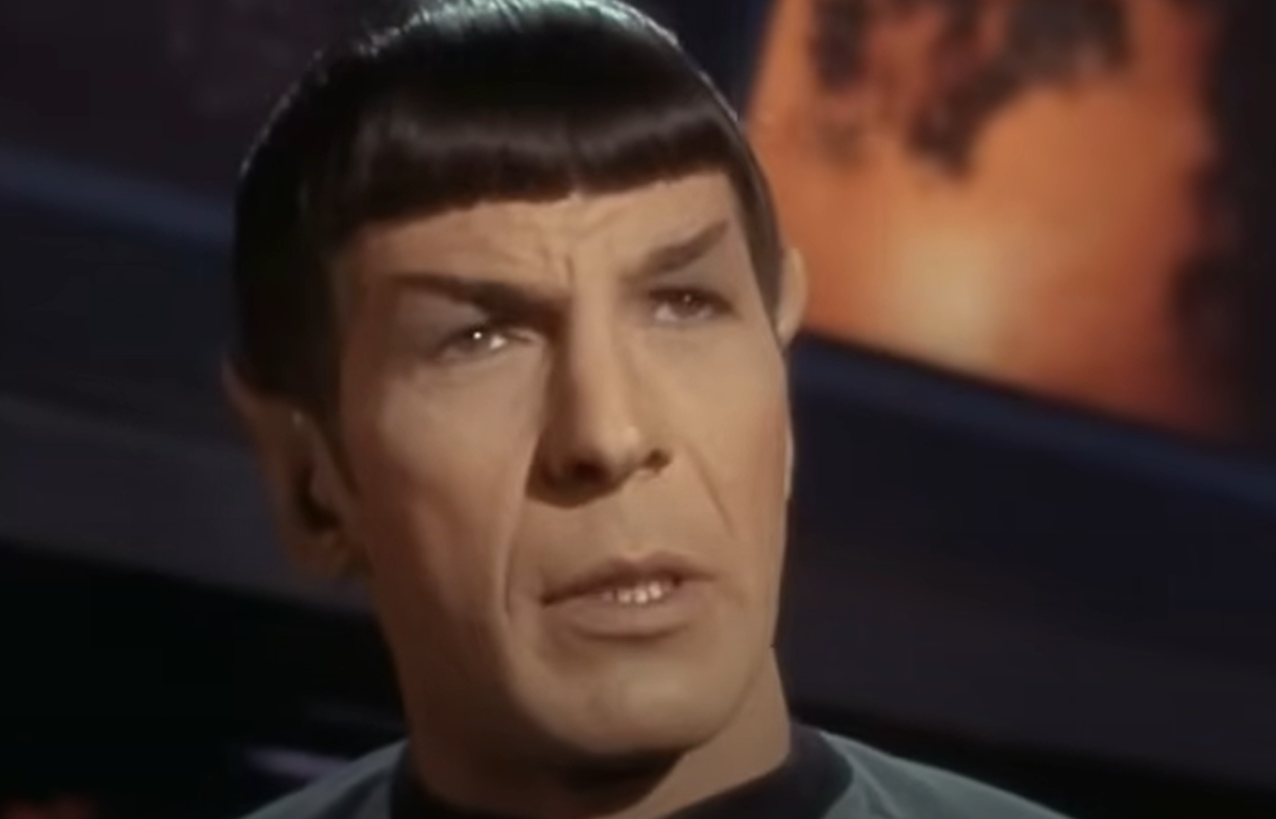 Paramount, Star Trek: The Original Series (1966-1969)
Paramount, Star Trek: The Original Series (1966-1969)
NBC Wanted To Ditch Spock On Star Trek Because He Looked Satanic
When NBC was promoting Star Trek in magazines, Spock's pointed eyebrows and ears were airbrushed out of the pictures. It soon became clear that Spock was not only the most popular character but he was unexpectedly popular with young female viewers. William Shatner as Captain Kirk was positioned as the sex symbol but Spock’s popularity soon took over.
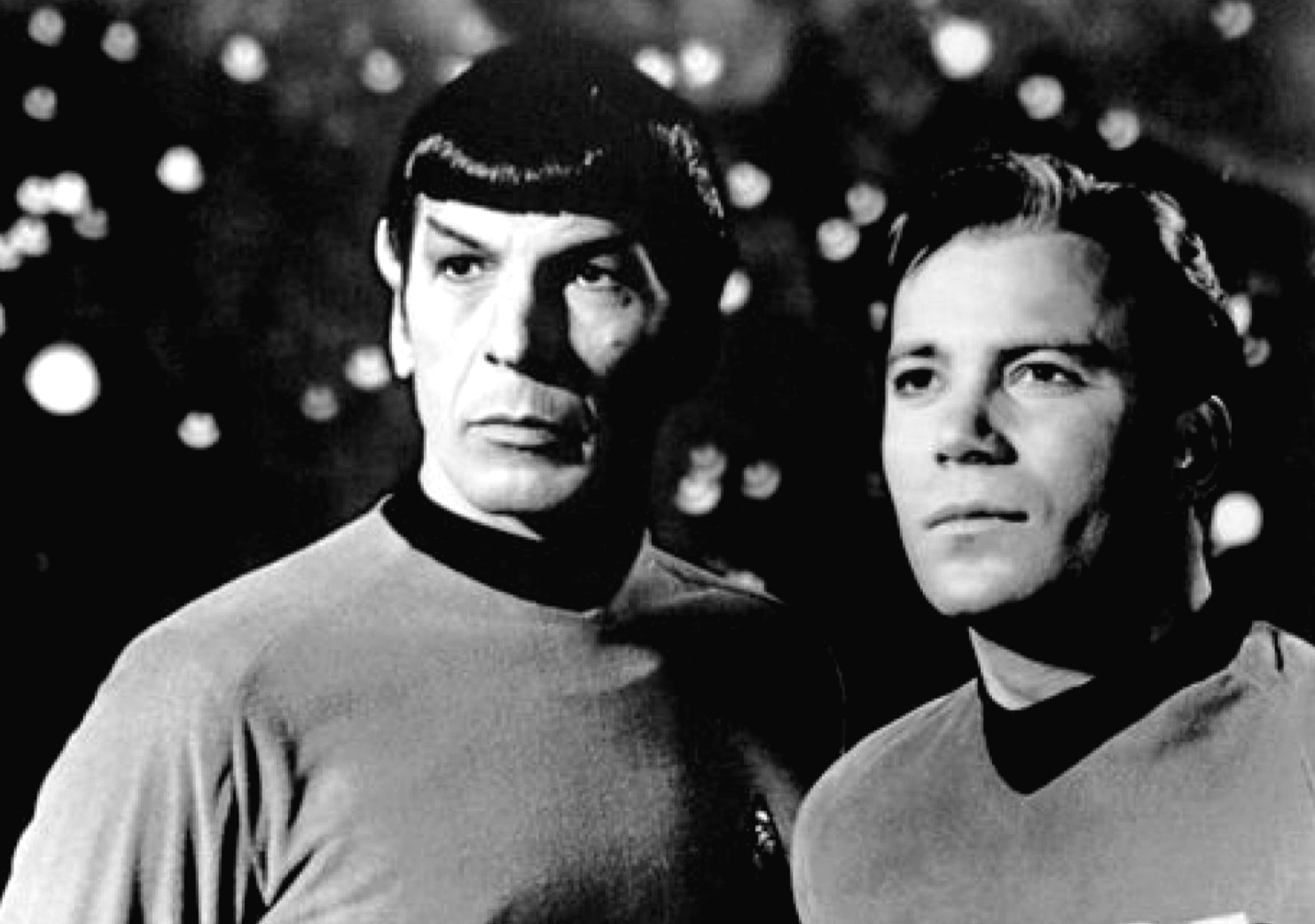 NBC Television, Wikimedia Commons
NBC Television, Wikimedia Commons
NBC Wanted To Ditch Spock On Star Trek Because He Looked Satanic
After Star Trek was canceled because of low ratings, NBC’s marketing department confronted the network executives, complaining that they had canceled a show more profitable than anyone had realized. Although the show never rated higher than number 52 on the rating system, running the numbers revealed the shocking truth.
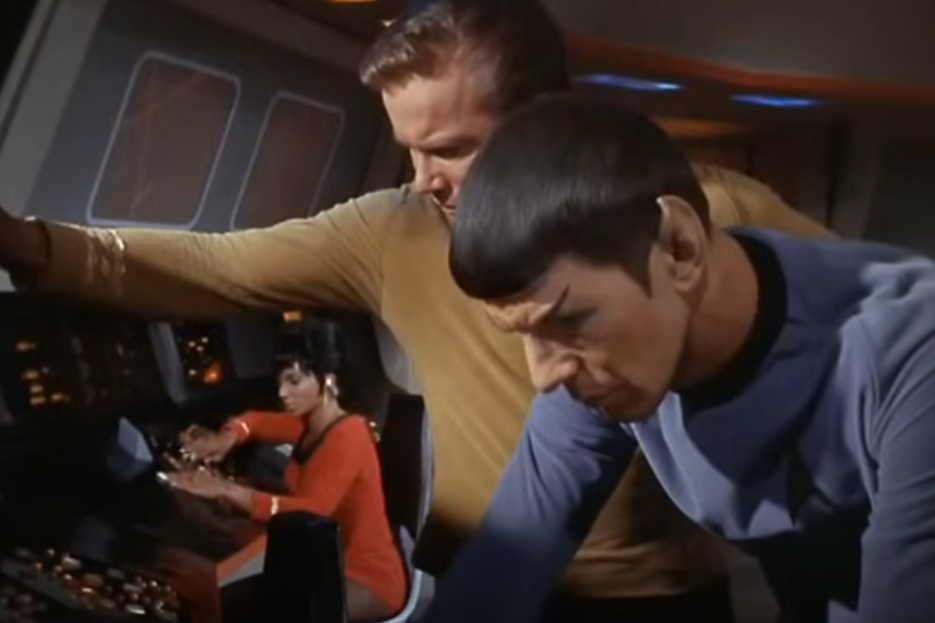 Paramount, Star Trek: The Original Series (1966-1969)
Paramount, Star Trek: The Original Series (1966-1969)
NBC Wanted To Ditch Spock On Star Trek Because He Looked Satanic
Turns out, Star Trek's core audience included viewers aged 18 to 45. This was the most sought-after demographic and meant the show could have continued with bigger advertisers eager to reach that market. In the end, Star Trek proved to be one of the most profitable series the network had ever aired.
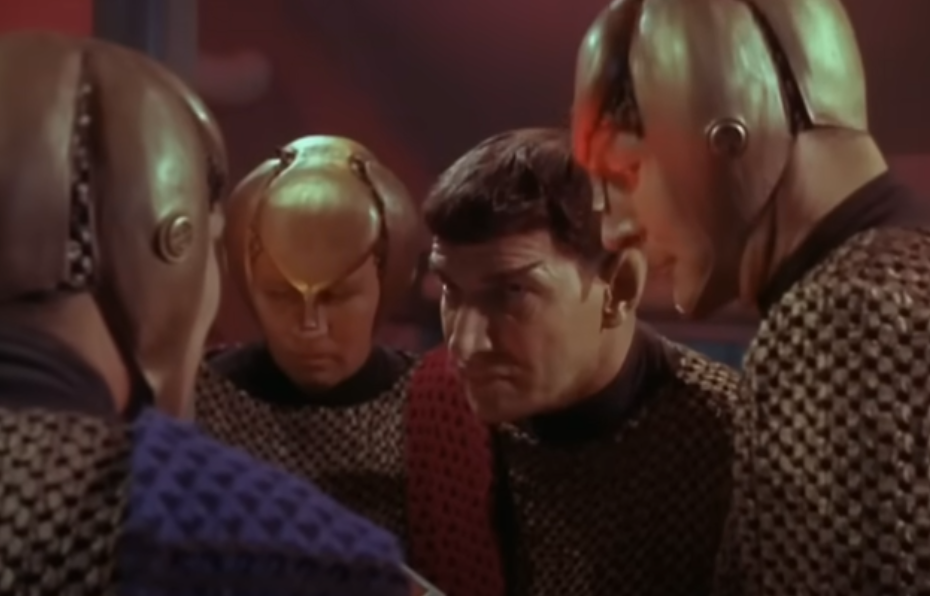 Paramount, Star Trek: The Original Series (1966-1969)
Paramount, Star Trek: The Original Series (1966-1969)
Mork & Mindy
The red jumpsuit that Mork wears in the opening credits of the sitcom Mork & Mindy was recycled from a costume from the original Star Trek series. Featuring distinctive silver ribbing on the collar and sleeves, the outfit was originally used by the character Colonel Green in "The Savage Curtain," one of the final episodes in the series. Star Trek and Mr Spock inspired Mork & Mindy in other ways too.
Mork & Mindy
Mork’s famous “nanu nanu” hand gesture greeting was inspired by Mr Spock’s “live long and prosper” hand salute. That hand gesture was derived from a gesture Leonard Nimoy remembered the rabbi making at the synagogue Nimoy attended as a child.
Mork & Mindy
Many of the gags on Mork & Mindy were improvisations by Robin Williams. His improvisations were so effective that writers left room in the scripts for Williams to freely perform. The scripts would include the direction "Robin goes off here".
Mork & Mindy
Mork & Mindy was an immediate hit. It finished number three during its first season. The network, ABC, moved the show’s time slot to Sundays, against CBS’s Archie Bunker’s Place (the successful sequel series to All in the Family). The hope was to take on the rating-winner with their own rating’s winner but instead, Mork & Mindy’s ratings plummeted. Even moving it back to its original timeslot didn’t help to recover its previous success.
Cheers
Norm on Cheers, portrayed by George Wendt, was known for spending most of his free time sitting on the corner stool at the fictional bar run by Sam Malone. Norm’s wife Vera was never shown on-screen and was mainly utilized as a punchline, someone Norm apparently avoided for the most part. Vera is heard a couple of times and in those episodes, she is voiced by Wendt’s real-life wife, Bernadette Birkett.
Cheers
The character of postal worker Cliff Clavin wasn’t in the original script. Actor John Ratzenberger auditioned for the part of Norm and knowing he hadn’t done well, Ratzenberger asked if the show had a "bar know-it-all" and improvised the character. Starting off as a recurring character, Cliff soon became a regular on the show.
Cheers
Cheers is the only sitcom in the history of television to begin its run in last place and end its run in first. The first episode placed 77 out of 77 on the night it first aired, and when the series ended nine seasons later, it was in first place. When Ted Danson decided to leave the show, producers wanted to continue with character Woody Boyd taking over the bar, something actor Woody Harrelson refused to do.
WKRP In Cincinnati
Radio sales manager Herb Tarlek on the classic sitcom WKRP In Cincinnati was known for his incompetence as a salesman and for his tacky outdated wardrobe. As the 1970s shifted into the 1980s, the loud plaid suits of the early 1970s were a source of ridicule and something only a salesman would wear.
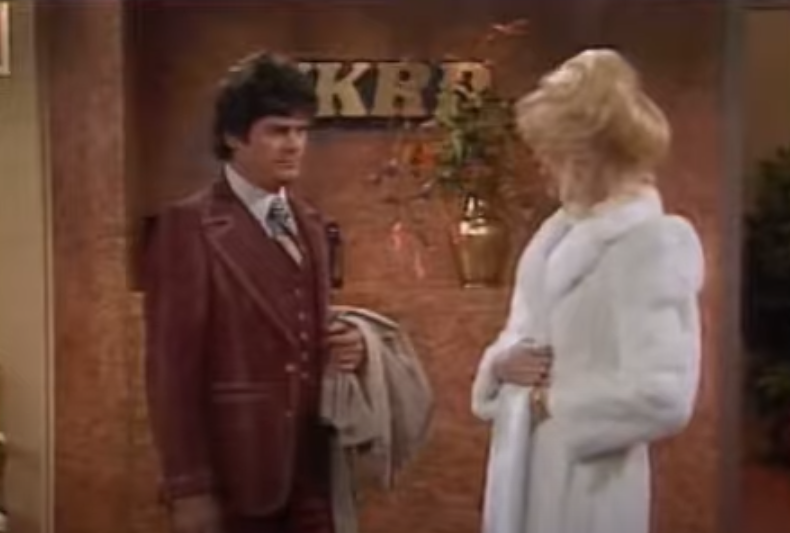 CBS, WKRP in Cincinnati (1978-1982)
CBS, WKRP in Cincinnati (1978-1982)
WKRP In Cincinnati
In season 2 episode "Put Up or Shut Up," disc jockey Venus Flytrap, on seeing Tarlek’s suit one day, says, "Somewhere out there, there's a Volkswagen with no seats". This is a bit of a meta joke, as the costume department really did made Tarlek’s suit for that episode out of seat covers from a Volkswagen. Tarlek’s suits were a running gag throughout the series and another, more subtle running joke was WKRP news director Les Nessman’s bandages.
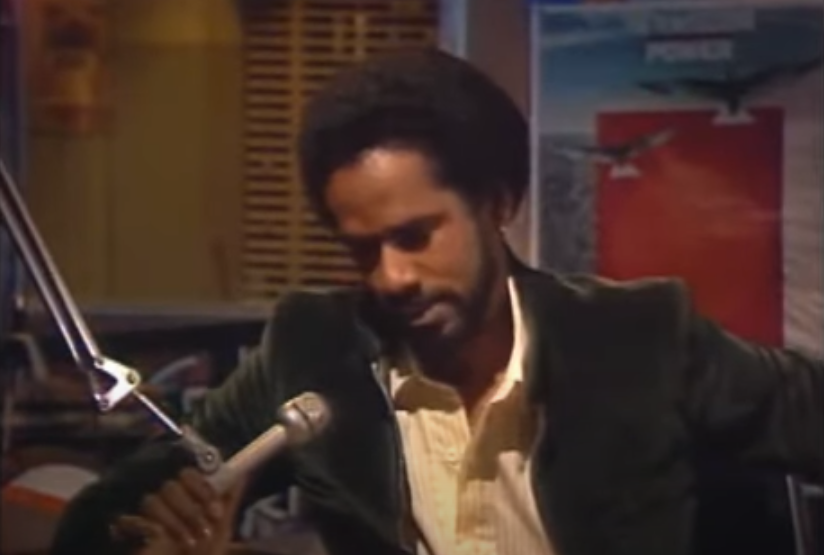 CBS, WKRP in Cincinnati (1978-1982)
CBS, WKRP in Cincinnati (1978-1982)
WKRP In Cincinnati
As incompetent a newsman as Herb Tarlek is a salesman, Les Nessman is mostly well-meaning and a particular unspoken character quirk is the wearing of a bandage in each episode. Never in the same place twice and never mentioned by Nessman or any of the other characters, Nessman would show up to work with a bandage on his forehead, or neck, or hand, with no indication of why it’s there or how he keeps injuring himself.
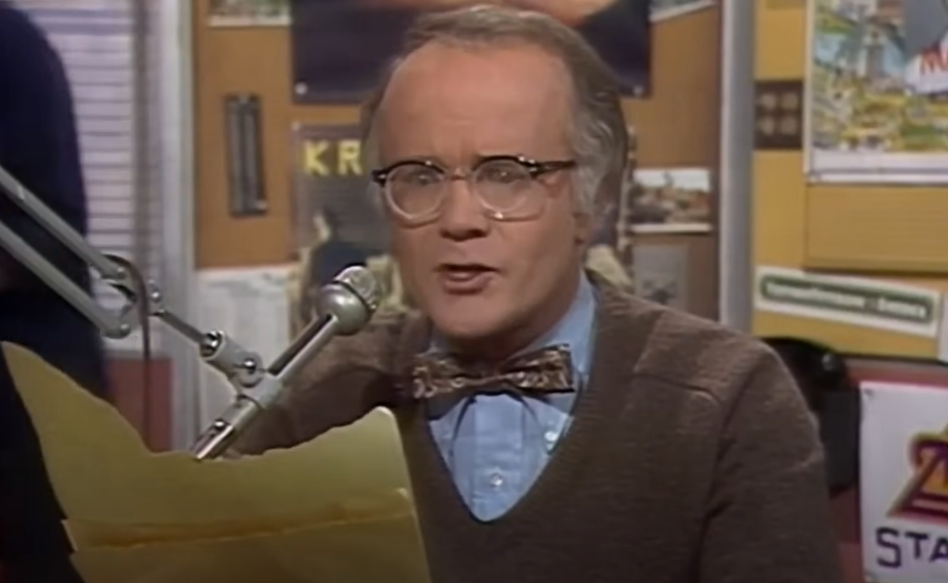 CBS, WKRP in Cincinnati (1978-1982)
CBS, WKRP in Cincinnati (1978-1982)
The Alfred Hitchcock Hour
The anthology series The Alfred Hitchcock Hour was hosted by director Alfred Hitchcock, who would introduce each episode. Famously, Hitchcock’s shadow would appear onscreen and move into frame behind a stylized sketch of Hitchcock’s profile, painted on glass, while the comically haunting 1872 piece of music Funeral March of a Marionette plays. The drawing itself, made from nine strokes, was created by Hitchcock himself for use as a Christmas card when Hitchcock lived in his native Great Britain.
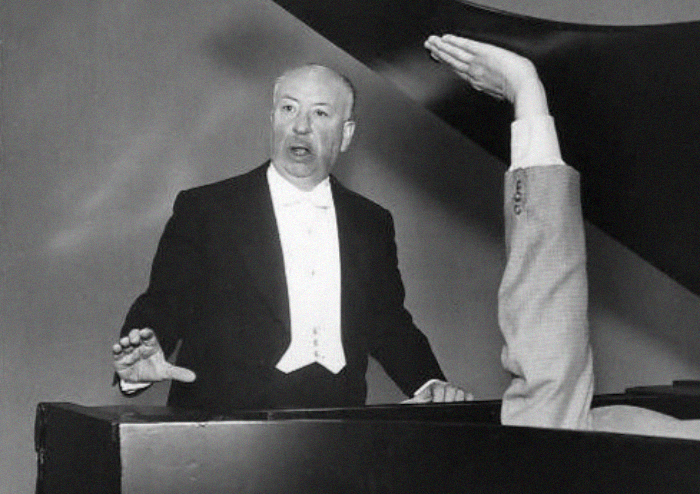 NBC Television, Wikimedia Commons
NBC Television, Wikimedia Commons
The Alfred Hitchcock Hour
Alfred Hitchcock directed 17 episodes of the series, but it proved to be too difficult to direct many episodes of the series, due to his heavy movie commitments. Hitchcock’s classic horror film Psycho (1960) was almost an episode of Alfred Hitchcock Presents. When it was decided to make it into a feature, they used many of the sets, cameras and crew from the series.
A Famous Board Game Inventor Designed The Weaponry For The Man From UNCLE
The creator of the classic board game The Game of Life was also the designer of the weapons used on the 1960s spy series The Man From UNCLE. Reuben Klamer’s experience with game design was useful for the show’s producers as his weapons were easily replicated as toys for the lucrative toy market based on the series.
A Famous Board Game Inventor Designed The Weaponry For The Man From UNCLE
The Man from UNCLE was inspired by the success of James Bond and it appeared on NBC just one year following the release of the first James Bond movie, Dr No. Soon after, NBC tried its luck again, creating The Monkees, which was inspired by The Beatles’ movies A Hard Day’s Night (1964) and Help! (1965). The style of The Monkees’ antics was modeled on that of The Beatles.
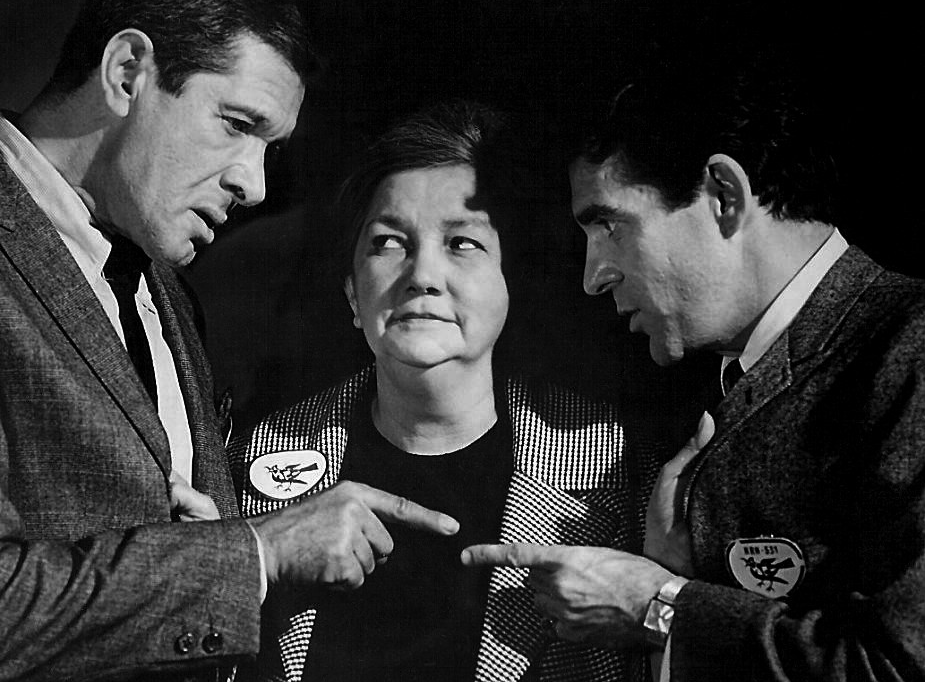 NBC Television, Wikimedia Commons
NBC Television, Wikimedia Commons
The Pioneering Legacy Of I Love Lucy
Not the first sitcom, I Love Lucy was nevertheless the sitcom which developed the template for broadcast television sitcoms as they have existed since the early 1950s. Rather than using a single camera following the characters around the set, I Love Lucy was shot on a stage using three static cameras (called a three-camera setup). Although this technique was used earlier in 1947 for a drama Public Prosecutor, that series didn’t air until 1951, the year I Love Lucy debuted.
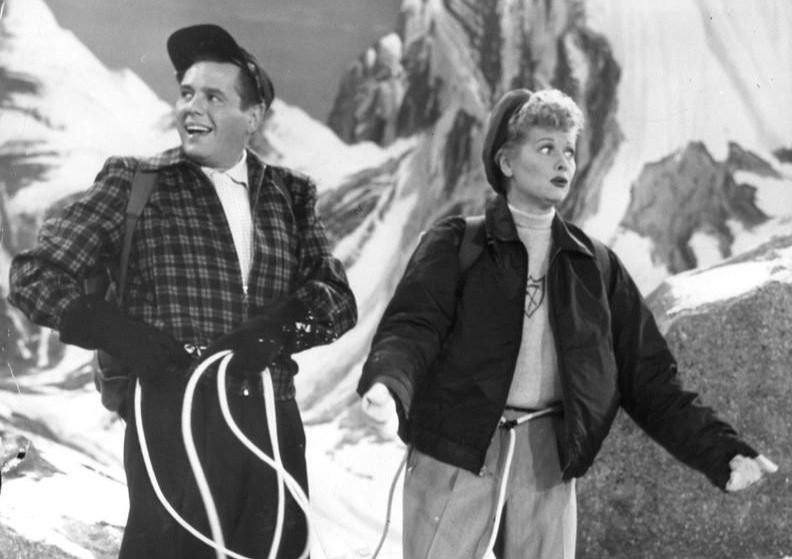 CBS Television, Wikimedia Commons
CBS Television, Wikimedia Commons
The Pioneering Legacy Of I Love Lucy
The three-camera set up was rarely used outside of sitcoms and televised stage performances of plays and operas, and it was I Love Lucy which established that technique. The show also pioneered the use of 35mm film cameras to film the show. Television shows were generally broadcast live and in order to preserve them, a kinescope system was used: a film camera was literally focused on the in-studio video monitor filming the production as it went out live.
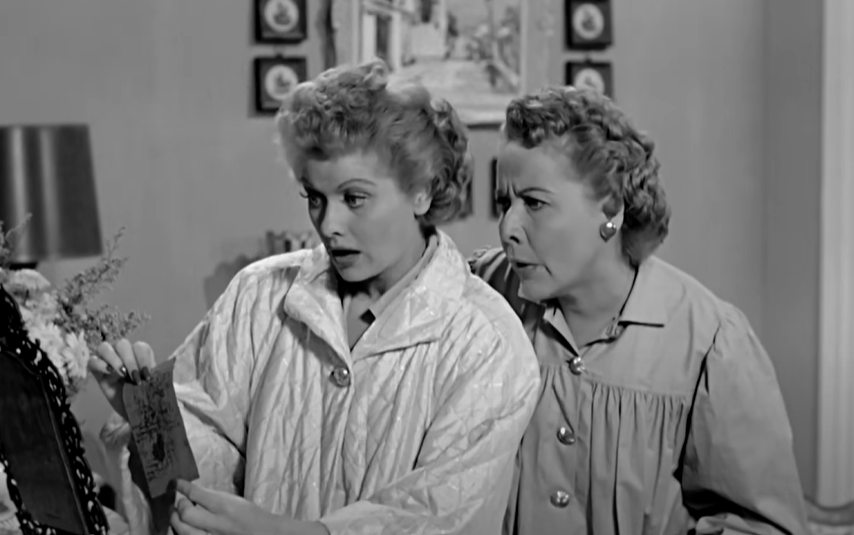 Desilu, I love Lucy (1951 - 1957)
Desilu, I love Lucy (1951 - 1957)
The Pioneering Legacy Of I Love Lucy
This technique was crude and although much early television was preserved this way, the use of 35mm cameras on I Love Lucy ensured quality copies of the episodes. This in turn allowed I Love Lucy to become an international hit and, in particular, created the demand for the syndication of entire television series, which was incredibly lucrative.
Yet despite all the money the show raked in, there was one behind-the-scenes scandal that threatened to end it all. When Lucille Ball got pregnant, Desi Arnaz wanted to make the pregnancy a part of the series—CBS was not having it. At the time, it was highly taboo to show a pregnant woman on-screen and you couldn't even say "pregnancy" on TV. The studio heads at CBS threatened to end the show if Arnaz included the real-life pregnancy in the show. Arnaz continued to push back and eventually was allowed to do things his way. To avoid any issues, he used phrases like "expecting" and "with child" in the script, and titled the episode "Lucy is Enceinte"—the French word for "pregnant".
 Bureau of Industrial Service, Wikimedia Commons
Bureau of Industrial Service, Wikimedia Commons

